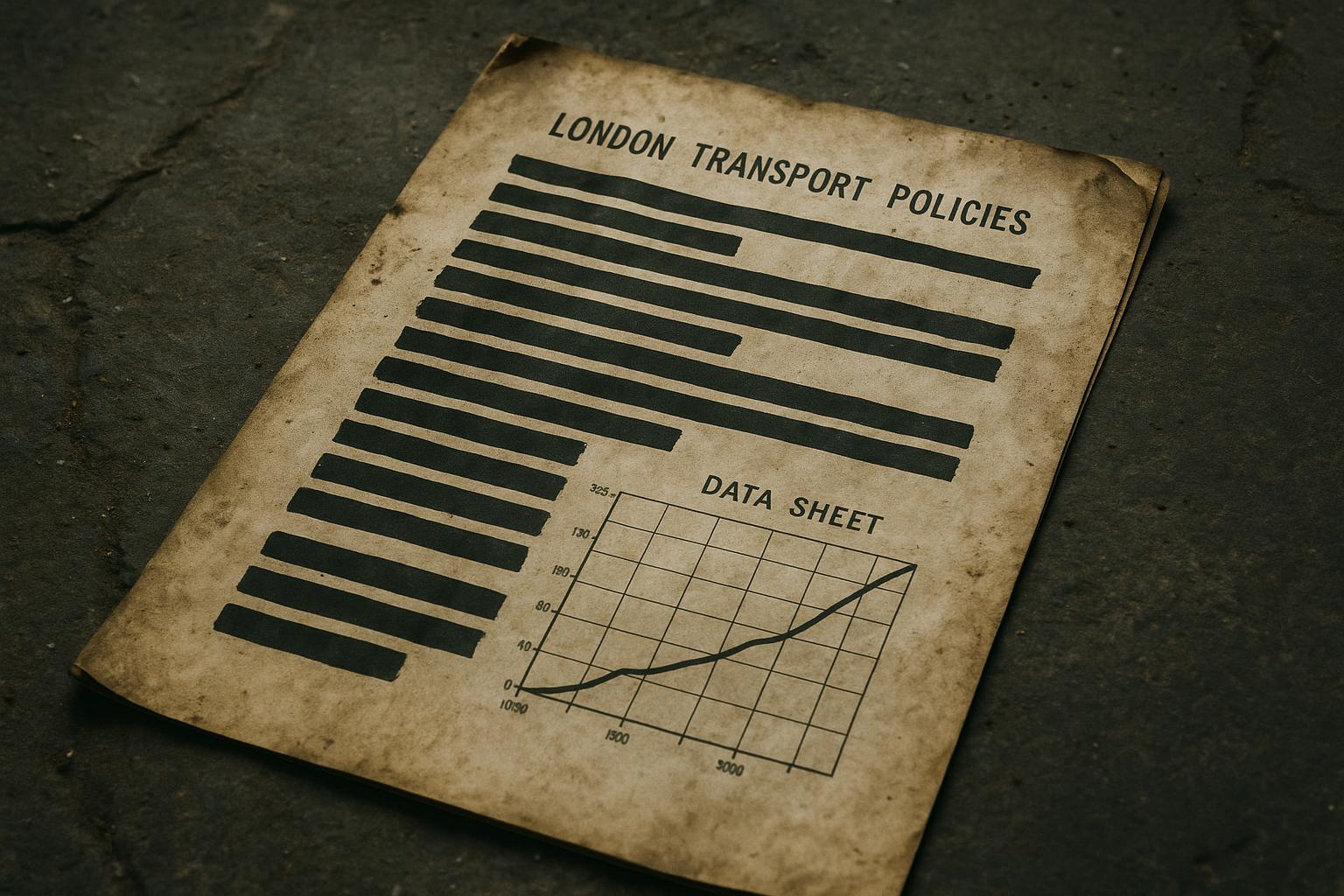Sir Sadiq Khan's administration at Transport for London (TfL) reportedly shelved a University of Westminster report that challenged the Mayor's claims about the effectiveness of low traffic neighbourhoods (LTNs) in reducing car use. The suppressed study, commissioned by TfL, found that while LTNs increased cycling activity, they had negligible effects on curbing car use or boosting walking. This finding contrasts sharply with Sir Sadiq’s previous assertions that LTNs significantly benefit the environment and reduce traffic congestion. Emails exchanged between TfL officials and researchers revealed concerns within the Mayor’s team about the report’s conclusions and a desire to manage how the findings would be presented publicly. The project’s funding was withdrawn last year, and the full report was never published, with officials citing its overly technical language and a lack of new insights as reasons for withholding it.
The unpublished research, which involved surveying more than 4,500 residents about their recent travel habits and correlating responses with their exposure to LTNs, concluded that increased cycling did not translate into reduced car journeys. It also found no significant changes in walking habits. Critics argue that the decision to suppress the report was politically motivated, as publishing it could have complicated the narrative supporting LTNs. John Stewart of Social and Environmental Justice criticised the move, stating it deprived policymakers of valuable evidence and distorted public perceptions of LTNs as primarily environmentally beneficial interventions.
Despite this, other independent research offers a more positive view of LTNs. A study by the University of Westminster focused on the London Borough of Lambeth demonstrated a modest but measurable reduction in daily driving distance—approximately 1.3 kilometres per resident—following LTN implementation. This suggests that LTNs can indeed reduce car use in certain contexts, potentially delivering public health benefits such as reduced pollution and road danger. Moreover, data from a joint study between the University of Westminster’s Active Travel Academy and the climate charity Possible highlighted substantial reductions in motor traffic on residential streets within LTNs, with an average decrease of 815 motor vehicles, underscoring their success in making neighbourhoods quieter and more pedestrian-friendly without major impact on main roads.
In terms of road safety, further research by Westminster in collaboration with institutions like the London School of Hygiene and Tropical Medicine and Imperial College London found that LTNs significantly cut road injuries. Their findings revealed that pedestrian injuries within LTNs fell by 85%, contributing to safer urban environments and supporting broader public health goals such as London's Vision Zero ambition to eliminate road deaths and serious injuries. Analysis by Westminster Healthy Streets also confirms that LTNs improve safety for all modes of transport—walking, cycling, and driving—making journeys three to four times safer within these zones compared to boundary roads.
Nevertheless, the introduction of LTNs has not been without controversy. For example, in Streatham Wells, a newly implemented LTN reportedly caused severe traffic disruptions, with buses taking over two hours to travel under three miles and routes being extensively diverted. Local residents, businesses, and motorists have criticised such schemes as disruptive and chaotic. These real-world challenges underscore the complexity of implementing LTNs in busy urban contexts and fuel debates about their overall impact.
In summary, while the suppressed TfL-commissioned report casts doubt on the ability of LTNs to reduce car use, a broader body of academic research presents a more nuanced picture. LTNs appear to offer significant benefits in terms of increased cycling, improved safety, and reduced motor traffic in residential areas, though their effectiveness can vary by location and they may not uniformly reduce car dependency. The controversy around the withheld report highlights tensions between political narratives and emerging evidence, pointing to the need for transparent, balanced assessments to inform future transport policy in London.
📌 Reference Map:
- Paragraph 1 – [1], [3]
- Paragraph 2 – [1], [3]
- Paragraph 3 – [2], [6], [7]
- Paragraph 4 – [4], [5]
- Paragraph 5 – [1]
- Paragraph 6 – [1], [2], [3], [4], [5], [6], [7]
Source: Noah Wire Services
